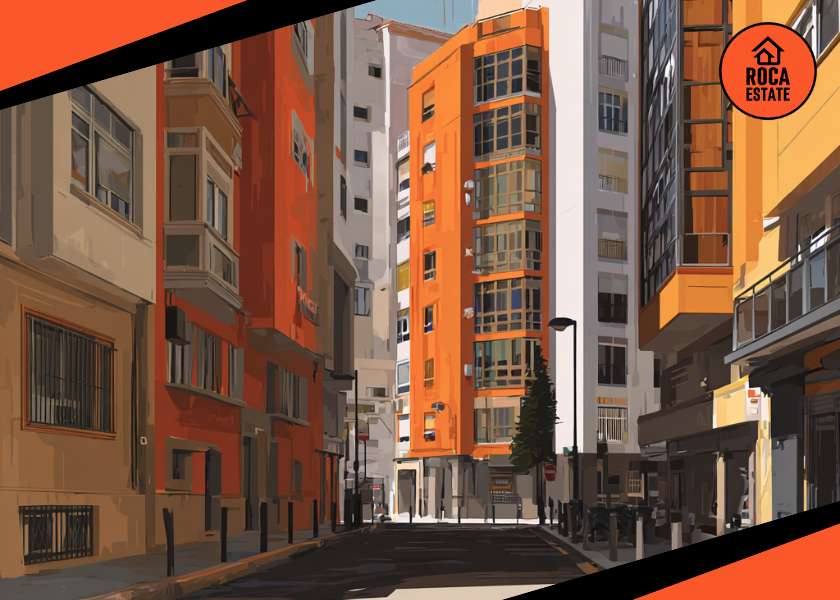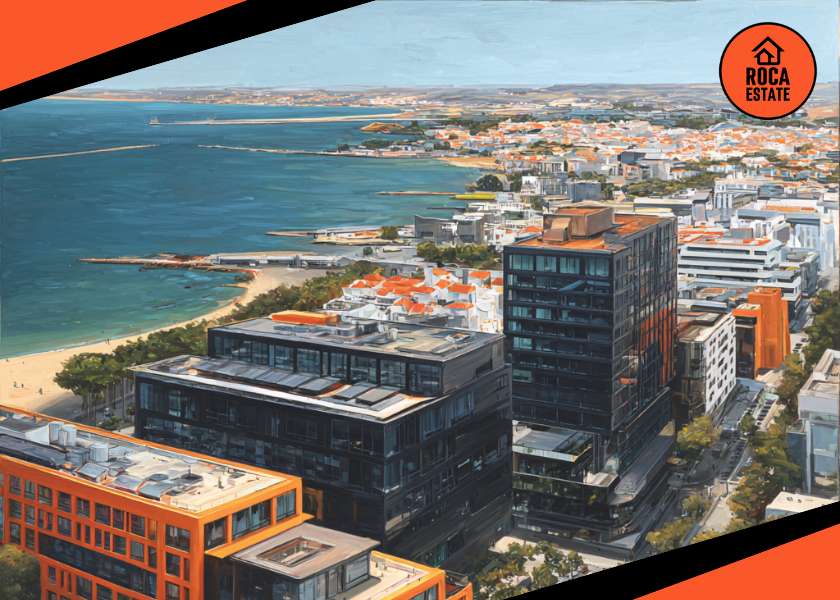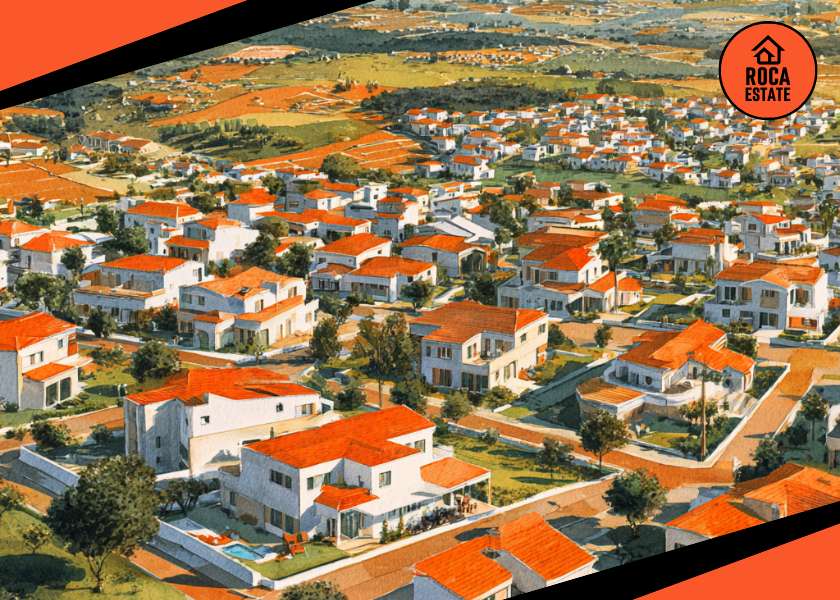In the second quarter of 2024, Portugal’s rental market continued its upward trajectory, showcasing significant growth across various regions. The median house rental value of new lease agreements increased by 11.1% compared to the same period in 2023, standing at €8.08/m². This rise signals a robust demand for rental properties, which could present an opportunity for real estate investors seeking to tap into the Portuguese market.
Regional Dynamics and Opportunities
The data reveals notable regional variations that are essential for investors considering different markets within Portugal. Greater Lisbon, the Autonomous Region of Madeira, and Setúbal Peninsula recorded the highest rental values, with Greater Lisbon leading at €12.99/m². However, Lisbon itself, with a median rental value of €16.00/m², experienced a more modest annual growth rate of 5.1%, compared to the national growth of 11.1%. This suggests that while Lisbon remains a premium market, its pace of growth has slowed relative to smaller or emerging regions such as Funchal, which saw an impressive 37.5% increase.
Additionally, areas such as Coastal Alentejo and the Algarve are experiencing rising demand, with rental values of €8.52/m² and €9.52/m², respectively. These regions are benefiting from increased interest due to their attractive lifestyles and lower costs relative to the major metropolitan areas, making them prime targets for investment, especially in tourist-driven markets like Madeira and the Algarve.
Key Drivers of Growth
Several factors contribute to the ongoing rise in rental prices across Portugal. Increasing demand for housing, both from locals and international residents, coupled with a limited supply of new housing stock, is driving competition in the rental market. Furthermore, the ongoing popularity of Portugal as a destination for expatriates and digital nomads continues to exert upward pressure on prices, particularly in the coastal and metropolitan areas.
Municipalities with strong year-on-year rental growth, such as Funchal (40%) and Leiria (25.4%), indicate a shift in market dynamics where smaller cities and less saturated markets are beginning to thrive. Investors willing to diversify beyond the traditional hubs of Lisbon and Porto could find lucrative opportunities in these rising areas.
Considerations for Investors
For real estate investors, these trends present both challenges and opportunities. While premium markets like Lisbon and Porto offer high rental yields, their slower growth rates may not align with investors seeking rapid appreciation. Conversely, emerging regions with higher growth rates, such as Funchal, Coastal Alentejo, and Madeira, provide opportunities for capital appreciation and rental yield growth.
However, it is crucial to note that the market’s rapid evolution also brings certain risks. Investors should consider potential regulatory changes that may affect rental caps, tax policies, or property market conditions. The increase in new lease agreements by 6.9% in Q2 2024 suggests that supply is beginning to catch up to demand in some areas, which could temper future rental price increases.
Conclusion: A Diversified Approach
For investors seeking to enter the Portuguese property market, the data from Q2 2024 points to a need for a diversified approach. While Lisbon and Porto continue to offer stable returns, the faster growth in regions like Funchal, Madeira, and the Algarve indicates a shift towards secondary cities and tourist-centric areas.
Investing in these emerging regions could allow for higher returns as the rental market continues to expand. However, careful consideration of local market dynamics, tenant demand, and regulatory changes will be critical to maximizing investment potential.
In summary, the Portuguese rental market presents a compelling case for real estate investors, but success will depend on a well-researched and regionally diversified strategy.
New lease agreements of dwellings (No.)
Median house rental value per m2 of new lease agreements of dwellings (€)
Stay informed about the latest trends in the real estate market in Portugal and discover new investment opportunities in Portugal by exploring our blog section. It offers expert insights, data-driven analyses, and timely updates essential for anyone looking to invest in real estate in Portugal.




































































































